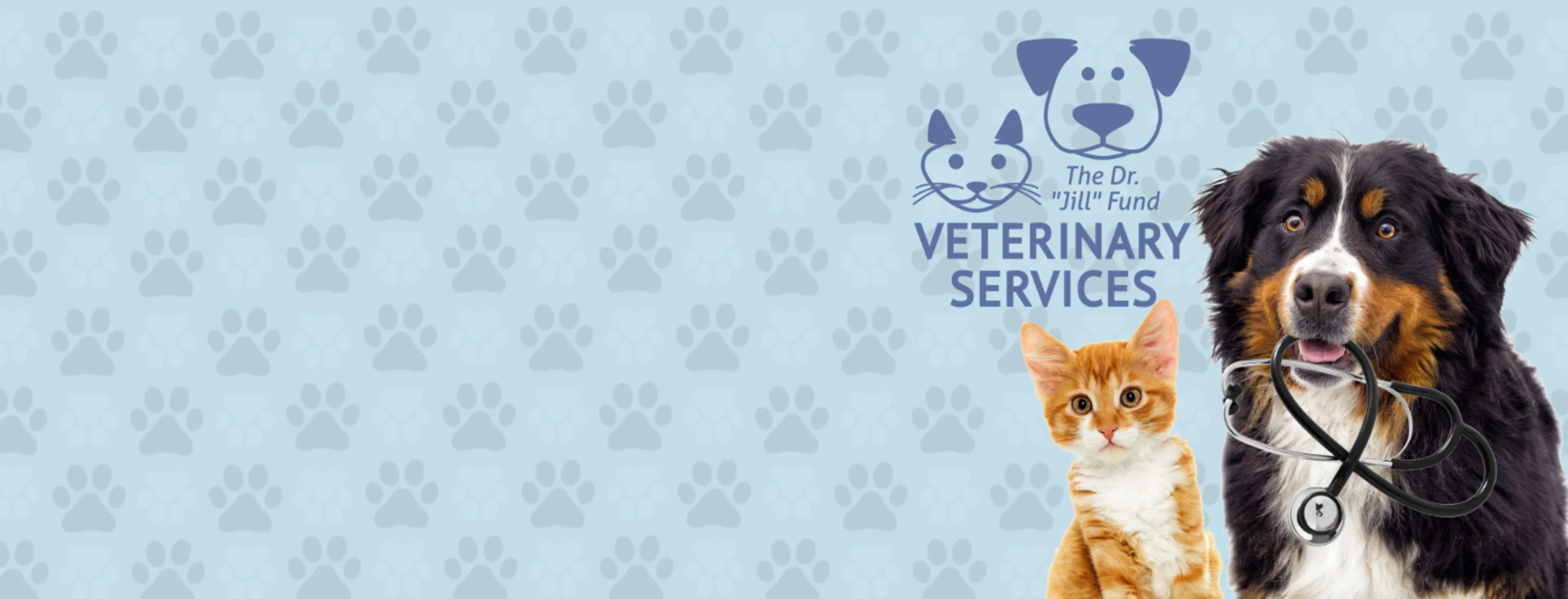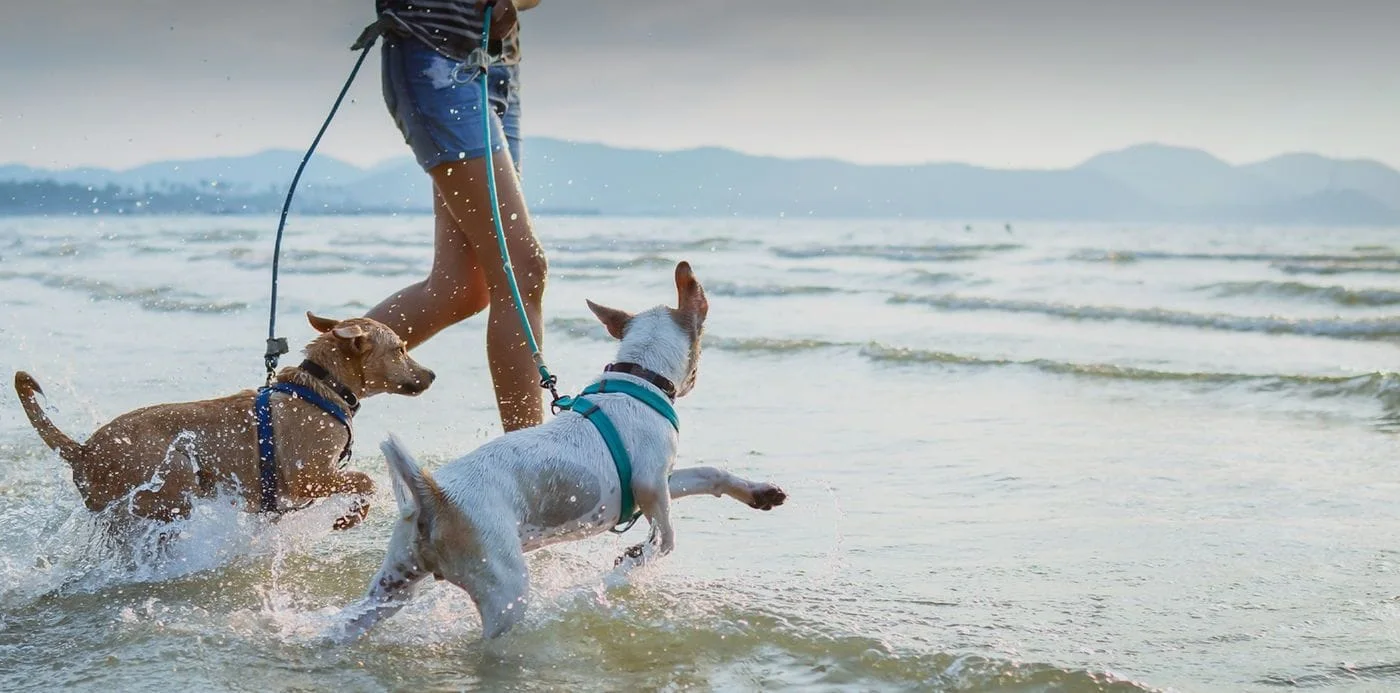How to Handle After-Hours Pet Emergencies with a Local 24 hour vet near me
How to Handle After-Hours Pet Emergencies with a Local 24 hour vet near me
Blog Article
Everything About Veterinarian Surgical Treatment: Recognizing the Value of Specialist Look After Your Animals
Vet surgery is a crucial element of family pet medical care. It encompasses different procedures, from regular optional surgical treatments to immediate treatments. Understanding the complexities of these surgical procedures can assist family pet owners make notified decisions. The prep work, execution, and healing stages are crucial for guaranteeing the health of animals. With correct knowledge, owners can navigate the intricacies of veterinary care. What elements should be considered prior to a family pet undertakes surgical treatment?
Kinds Of Veterinarian Surgeries
When an animal calls for surgical intervention, understanding the various kinds of veterinarian surgeries can help animal owners make educated decisions. Vet surgical procedures can be generally classified right into three primary types: optional, immediate, and emergency situation surgical procedures. Optional surgical procedures, such as spaying or neutering, are planned treatments that are not promptly dangerous. Immediate surgical treatments, like those for international body elimination, should be carried out soon but are not life-threatening in the minute. Emergency situation surgical treatments, such as those dealing with extreme injury or internal bleeding, are critical and require instant attention.Additionally, surgical procedures can vary in complexity, ranging from minimally intrusive laparoscopic procedures to more comprehensive open surgeries. Each kind of surgical procedure carries its very own threats and healing processes. Recognizing these categories permits animal proprietors to engage in meaningful conversations with vets, leading to far better outcomes for their cherished family pets.
Preparing for Your Animal's Surgical treatment
Getting ready for a pet's surgery involves a complete checklist to assure all fundamentals are covered. Reliable communication with the veterinarian is crucial for recognizing the treatment and any kind of needed pre-operative steps - 24 hour vet bellingham. Furthermore, having clear post-operative care instructions will help proprietors give the most effective assistance for their recuperating animals
Pre-Surgery Checklist Fundamentals
Ensuring a smooth surgical experience for a pet calls for cautious prep work and attention to detail. A pre-surgery list is important for animal owners to follow. Verifying the arranged surgical treatment day and time is vital. Owners should also confirm that their family pet has actually not eaten according to the vet's directions, commonly for 8-12 hours before surgical treatment. Collecting essential clinical documents, including inoculation background, is very important for the veterinarian's testimonial. It is also suggested to prepare a comfy room in the house for the family pet's recovery after surgical treatment. Owners should have a strategy for transport to and from the veterinary center, making certain that the pet dog is secure and comfortable throughout the trip. Following these actions can substantially enhance the surgical experience.
Interacting With Your Veterinarian

Effective communication with the vet is crucial for a successful medical experience for pet dogs. Proprietors need to be prepared to discuss their pet's case history, consisting of any type of pre-existing problems, medications, and allergies. This details assists the vet analyze threats and tailor the medical strategy appropriately. Furthermore, pet owners must ask questions regarding the procedure, anesthetic, and anticipated end results to assure they completely comprehend the process. Clarifying any uncertainties can reduce anxiety for both the family pet and the proprietor. It is likewise essential to interact any type of behavior modifications or problems observed in the pet leading up to the surgical treatment. Eventually, clear dialogue fosters trust fund and partnership, ensuring that pets receive the ideal feasible care during their medical journey.
Post-Operative Treatment Recommendations
After reviewing the procedure with the vet, pet dog proprietors need to focus on post-operative care instructions to facilitate a smooth healing for their pet dogs. These guidelines typically include keeping an eye on the surgical site for signs of infection, such as redness or discharge. Animals may require to be kept one's cool and confined to avoid excessive movement that can disrupt healing. Discomfort monitoring is crucial, so proprietors must comply with the veterinarian's advice on carrying out medicines. Furthermore, nutritional limitations might be recommended to avoid stomach upset. Normal follow-up visits are crucial to assure appropriate recovery and deal with any problems. By adhering to these post-operative treatment instructions, family pet owners can significantly add to their pet dog's recovery and overall wellness.
The Surgery Explained
The medical process for animals incorporates crucial actions that ensure their safety and recuperation. Pre-surgery prep work are essential for reducing threats, while post-operative treatment guidelines play an important role in promoting healing. Recognizing these parts aids family pet proprietors browse the medical experience more efficiently.
Pre-Surgery Preparations
Prior to a family pet undertakes surgical treatment, numerous important prep work need to take area to assure a safe and effective procedure. First, a thorough veterinary assessment is important to examine the animal's general wellness and identify any prospective dangers. This might include blood examinations, imaging, or other diagnostics. The veterinarian will certainly likewise review anesthesia options tailored to the animal's particular requirements. In addition, family pet owners are generally advised to hold back food and water for a defined time before surgical procedure to decrease the threat of difficulties during anesthesia. It is necessary for proprietors to give a total case history, consisting of any type of medications or allergies, guaranteeing the medical team has all essential information. Correct interaction and adherence to pre-surgery guidelines can considerably boost the result of the procedure.
Post-Operative Treatment Standards
Appropriate post-operative care is vital for ensuring a family pet's recovery complying with surgical treatment. After the treatment, family pets should be monitored closely for any kind of indications of problems, such as excessive blood loss, swelling, or unusual behavior. It is essential to adhere to the vet's instructions pertaining to drugs, consisting of painkiller and prescription antibiotics. Animals ought to be maintained in a quiet, comfy atmosphere to minimize anxiety and promote healing. Limiting task is important; short, leashed strolls might be needed, but leaping or running need to be avoided. Normal follow-up visits must be set up to examine the healing procedure. Furthermore, the medical site needs to be maintained clean and dry, with any kind of signs of infection reported to a veterinarian promptly. Abiding by these standards improves recuperation end results.
Anesthetic and Discomfort Monitoring
Effective anesthesia and discomfort management are vital elements of veterinary surgery, making certain that animals stay comfy and safe throughout the treatment. Vets examine each pet's specific requirements, considering factors such as age, weight, wellness standing, and the kind of surgery being performed.Anesthesia protocols commonly consist of a combination of pre-anesthetic medications, induction agents, and inhalant anesthetics, enabling for specific control over the pet's degree of consciousness. Tracking throughout surgery is essential; veterinarians constantly observe crucial signs to address any prospective problems promptly.Pain management methods may entail opioids, non-steroidal anti-inflammatory medications (NSAIDs), and anesthetics, tailored to the pet's specific scenario. This multifaceted technique assists lessen pain and promotes a smoother surgical experience. By focusing on efficient anesthetic and pain management, vet experts enhance the total well-being of family pets undertaking medical procedures, ensuring they receive the highest possible standard of care.
Post-Operative Care and Recuperation
Adhering to surgical treatment, the focus changes to post-operative treatment and recuperation, which is vital for making certain an animal's risk-free return to regular activities. During this duration, animals need a quiet, comfortable setting to help healing. Proprietors should closely monitor their family pets for any signs of discomfort or unusual behavior.Veterinary standards often include particular directions connected to medication administration, injury care, and nutritional adjustments. It is crucial to follow these referrals to minimize complications and promote healing. Family pets might need to be restricted from vigorous activities, such as running or jumping, during their recuperation period (emergency vet bellingham).Regular follow-up visits with the veterinarian permit tracking of the family pet's progression and prompt changes to the care plan. Providing emotional assistance and companionship can also enhance a pet dog's healing experience, helping to alleviate stress and anxiety and stress and anxiety. In general, diligent post-operative care plays a significant duty in accomplishing a successful recovery
Acknowledging Problems After Surgical Procedure
Just how can pet dog owners recognize difficulties after surgical procedure? Recognition of details indicators is crucial for ensuring the well-being of pets throughout recovery. Usual signs include too much swelling, inflammation, or discharge at the surgical website, which may signify infection. In addition, consistent discomfort, shown by yawping or unwillingness to relocate, must prompt instant focus. Adjustments in hunger or water intake can additionally suggest issues; a decrease in these habits might signify pain or distress.Moreover, pet proprietors need to monitor their animals for any kind of uncommon habits, such as lethargy or trouble breathing, as these can be indicators of severe issues. Throwing up or looseness of the bowels adhering to surgical procedure may require urgent vet analysis. Acknowledging these issues early can significantly affect a pet's healing procedure, emphasizing the significance of vigilance and punctual interaction with a veterinarian for any type of worrying symptoms.
The Role of Veterinary Experts in Surgical Treatment
Vet specialists play a necessary function in guaranteeing the safety and success of surgical procedures for pet dogs, especially complying with surgical treatment when checking and care are vital. These professionals include veterinarians, veterinary specialists, and assistance personnel, every one of whom add specialized abilities to the medical process.Before surgical procedure, veterinarians conduct comprehensive examinations to evaluate the pet dog's wellness, making certain that any kind of hidden problems are taken care of. Throughout the treatment, the medical team offers anesthesia, keeps sterile settings, and checks crucial signs, very important for decreasing risks.Post-operative treatment is similarly substantial; vet specialists observe for issues, handle pain, and overview owners on healing practices. Their know-how enables them to identify early signs of distress or infection, guaranteeing timely treatment. Eventually, the collaborative efforts of vet experts in surgical treatment foster a secure atmosphere, advertising the wellness of pets throughout the medical trip.

Often Asked Questions
How Do I Select the Right Vet Cosmetic Surgeon for My Pet dog?
Selecting the right veterinary doctor entails looking into qualifications, reading evaluations, and reviewing the facility's atmosphere. It is necessary to assess the cosmetic surgeon's experience with particular treatments and their interaction style when choosing.
What Are Usual Misconceptions Regarding Vet Surgeries?
Usual false impressions regarding veterinarian surgical treatments consist of beliefs that they are always high-risk, unneeded, or just for emergency situations. Many family pet owners undervalue check here the advantages of precautionary procedures and the skill associated with veterinary surgical treatment.
Just How Much Will My Animal's Surgery Price?
The expense of a family pet's surgical procedure can differ significantly based on variables such as the sort of procedure, the veterinarian's experience, and geographic location (canine tplo surgery). Normally, expenses range from a couple of hundred to several thousand dollars

Can My Pet Dog Eat Before Surgery?
Before surgery, it is usually encouraged that pet dogs abstain from eating for a certain duration. This fasting helps in reducing the threat of difficulties throughout anesthetic. Owners must consult their vet for exact instructions tailored to their family pet's requirements.
Suppose My Animal Has Pre-Existing Health Conditions?
When a family pet has pre-existing health conditions, it's vital for the vet to examine these aspects prior to surgery. This assessment assurances ideal preventative measures are taken, reducing risks and optimizing the pet's total security during the procedure.
Report this page